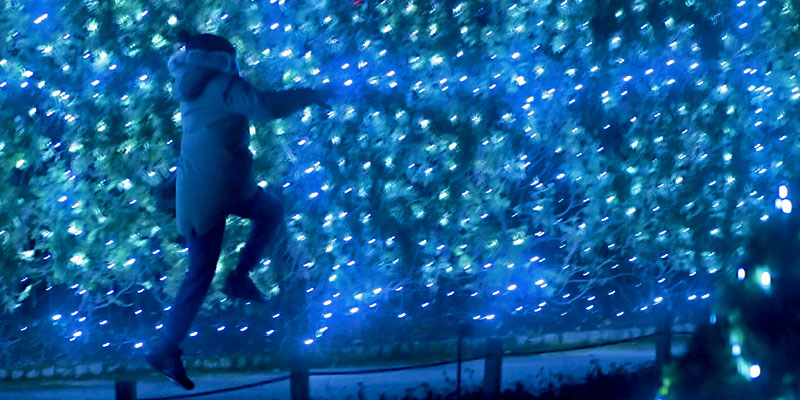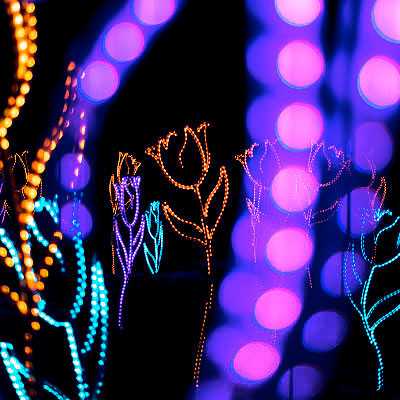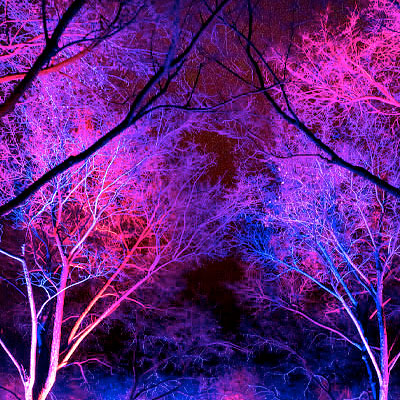

How-to
Garden Stories
How to Photograph Holiday Lights Like a Pro
Here’s what you should know about taking pictures at Lightscape at the Chicago Botanic Garden. It’s a great chance for photographers of all abilities to practice shooting after dark. And with a little time and effort, you’ll get some cool pictures of holiday lights—one of my very favorite subjects.

As the Garden’s photographer, I’ve already taken tons of pictures at our holiday exhibition. I want to share a few tips, but I’d also love to see what you come up with. Post your photos, #Lightscape, and tag us: @chicagobotanic.
Blur is good
If you manually focus closer to your lens, distant points of light grow into luminous orbs. Use your widest aperture and watch them grow as you shift them out of focus. The resulting blur is called bokeh. Lightscape is a perfect opportunity to explore what your lens can do with this technique.
Camera phone users can create bokeh by using focus-lock on a nearby subject and then repositioning the composition on lights that are farther away.
In addition to boken backgrounds, you can add glowing orbs to the foreground by shooting through lights that are nearer than your point of focus. You might even bring your own small battery-operated strand to hold in front of your lens.
No tripod; no worries
Tripods are not allowed at Lightscape. Instead, raise your ISO. Newer cameras have improved technology for low-light situations, and the old rules of thumb don’t always hold true. Pick a setting you’re comfortable with, and see how it goes. Remember, if your files turn out grainy and underexposed, converting them to black and white will bring the attention back to your subject and conceal any color noise. If you’re new to photo editing, try a class at the Garden in Photoshop or Lightroom.



There is no replacement for a solid tripod, but these easy hacks will help improve your odds of getting a sharp picture: Lean against a wall and brace your elbows against your sides. If you’re sitting, rest an elbow on your knee. In a pinch, you can even set your camera on the ground and support the lens with a stable object like your shoe.
Most importantly, always use the eyepiece. Holding the camera away from your body to compose using live view will cause more camera shake.
Yep, you can move your camera—intentionally

My favorite way to photograph holiday lights is with intentional camera movement. While a little camera shake looks like an accident, deliberately moving your camera during long exposures will create beautiful light trails and unlock a new realm of possibility.
Experimenting is the best way to learn. Start by moving your camera in a continuous path while pressing the shutter. Move your whole body rather than your hands or wrists for smoother gestures. Find a shutter speed that works for you. (I set my camera at a half-second and adjust from there.) Zooming in and out creates light trails that converge. If you try this at home, it may be easier to move the lights and leave your camera on a table or tripod.
Camera phone users can create slower shutter speeds with an app like Camera+ or Slow Shutter Cam.

